Music of Guatemala, nestled in the heart of Central America, Guatemala is a land of vibrant cultures, ancient civilizations, and a rich tapestry of musical traditions. From the majestic peaks of the volcanic highlands to the lush expanses of tropical rainforests, Guatemalan music reflects the diverse influences of its indigenous roots, colonial history, and the ever-evolving rhythms of contemporary expression. In this exploration, we’ll embark on a melodic journey through the sounds that echo the soul of Guatemala.
Indigenous Rhythms: The Ancient Heartbeat
At the core of Guatemalan music are the ancient rhythms that resonate through the highland landscapes, home to the Maya civilization. The traditional music of indigenous communities, such as the K’iche’, Kaqchikel, and Q’eqchi’, is deeply rooted in the ceremonial and spiritual practices of the Maya people.
Instruments like the marimba, a wooden xylophone with resonators, play a central role in indigenous music. The marimba’s warm and resonant tones evoke a sense of timelessness, connecting contemporary Guatemala with its ancient roots. Ceremonial dances, such as the Baile del Venado (Deer Dance) and the Baile del Torito (Bull Dance), feature elaborate costumes, symbolic gestures, and intricate footwork, telling stories that have been passed down through generations.
Marimba Magic: The National Instrument
The marimba stands as a symbol of Guatemala’s musical identity, and its influence extends beyond indigenous communities to shape the nation’s cultural landscape. Introduced during the colonial era, the marimba has evolved into a national instrument, becoming a cornerstone of Guatemalan folk and popular music.
The “Son,” a genre that blends indigenous, African, and Spanish influences, is a popular style often performed on the marimba. Whether played in small villages or grand celebrations, the son carries the spirit of Guatemala, bringing communities together in a celebration of life, love, and cultural heritage. The marimba’s resonant notes create an atmosphere that is both festive and reflective, capturing the essence of Guatemala’s diverse cultural mosaic.
Colonial Echoes: The Influence of Spanish Traditions
The colonial period left an indelible mark on Guatemala’s musical landscape, infusing indigenous traditions with European influences. The “Bolero” and the “Vals,” genres of Spanish origin, found a home in Guatemala, evolving into unique expressions that melded with local rhythms.
The “Danza,” a dance form characterized by graceful movements and intricate footwork, is an example of this fusion. Rooted in Spanish traditions, the Danza has taken on a distinct Guatemalan flavor, becoming a cultural treasure that reflects the nation’s complex history. The interplay of indigenous instruments and Spanish-influenced melodies creates a harmonious blend that speaks to Guatemala’s ability to absorb and transform external influences while retaining its cultural authenticity.
Maya Spirituality in Music: The Rituals of the Kakchiquel
The Kakchiquel Maya people, with a deep connection to the sacred landscapes of Lake Atitlán and the surrounding highlands, have preserved their musical traditions as a means of spiritual expression. Rituals and ceremonies are accompanied by music that invokes the spirits of the natural world, paying homage to the cycles of agriculture, the changing seasons, and the divine forces believed to inhabit the mountains.
The “Baile de la Conquista” (Dance of the Conquest) is a poignant example of the Kakchiquel musical tradition. This dance-drama reenacts the Spanish conquest and subsequent resistance, blending historical narratives with spiritual elements. The music, carried by traditional instruments such as drums, flutes, and rattles, serves as a bridge between the earthly and the divine, a testament to the enduring spirituality embedded in Guatemalan music.
Garifuna Grooves: African Roots on the Caribbean Coast
On the Caribbean coast of Guatemala, the Garifuna people, descendants of African and indigenous Caribbean populations, have cultivated a unique musical heritage. The “Punta” and the “Parranda” are genres that showcase the lively rhythms and distinctive dance forms of the Garifuna community.
Punta, with its pulsating beat and call-and-response vocals, is not only a musical style but a social celebration. The dance that accompanies Punta is characterized by intricate hip movements and vibrant energy, creating a dynamic and joyous atmosphere. The Parranda, on the other hand, is a more intimate genre, often performed during community gatherings and celebrations.
Contemporary Resonance: The Evolution of Guatemalan Music
In the 20th and 21st centuries, Guatemalan music has continued to evolve, incorporating global influences while staying true to its cultural roots. Contemporary artists, such as Gaby Moreno and Ricardo Arjona, have achieved international acclaim for their ability to blend traditional elements with modern genres.
Gaby Moreno, known for her soulful voice and eclectic style, draws inspiration from various genres, including blues, jazz, and R&B. Her music reflects a dynamic fusion of influences, creating a bridge between Guatemala’s rich heritage and the global music scene. Similarly, Ricardo Arjona, a prolific singer-songwriter, often weaves socially conscious lyrics with diverse musical styles, contributing to the ongoing narrative of Guatemala’s musical evolution.
Conclusion: A Symphony of Diversity and Resilience
Guatemalan music is a testament to the nation’s diversity, resilience, and enduring cultural heritage. From the ancient rhythms of indigenous ceremonies to the festive beats of the marimba, from the colonial echoes of Spanish-influenced dances to the vibrant grooves of Garifuna music, Guatemala’s musical journey is a harmonious celebration of its people and their connection to the land.
As Guatemala strides into the future, its music remains a living expression of identity, echoing through the valleys, mountains, and coasts. In every note and every beat, there is a story – a story of a nation that has navigated through centuries, preserving its traditions while embracing the rhythms of change. Guatemala’s musical symphony, diverse and resonant, invites the world to listen and be captivated by the beauty of its cultural melange.
Famous Artists:
Guatemala has produced a number of celebrated musicians and artists who have made significant contributions to the country’s musical landscape. Some of the most famous Guatemalan musicians and artists include:
- Marimba de Concierto de Bellas Artes: This renowned marimba ensemble has played a significant role in popularizing the marimba on the global stage and preserving traditional Guatemalan music.
- Carlos Peña: Carlos Peña is a prominent marimba player and composer known for his contributions to preserving and promoting Guatemalan marimba music.
- Gaby Moreno: Gaby Moreno is a singer-songwriter with international acclaim for her soulful and eclectic music, which draws on Guatemalan and Latin American influences.
- Sara Curruchich: Sara Curruchich is an Indigenous Maya K’iche’ singer-songwriter whose music addresses social and political issues, advocating for Indigenous rights and cultural preservation.


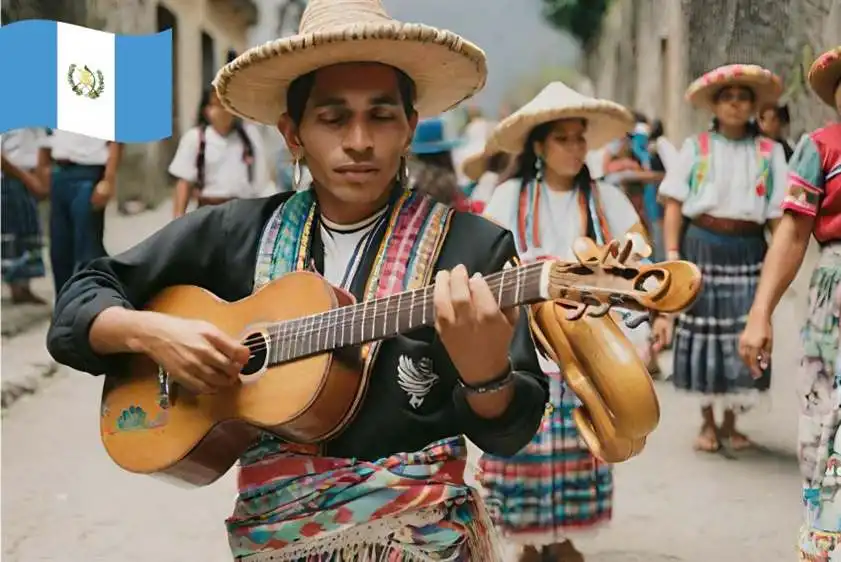
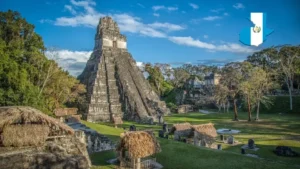
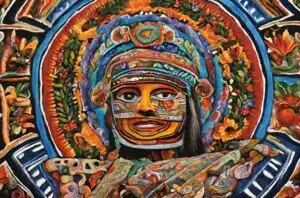
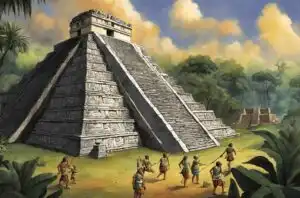


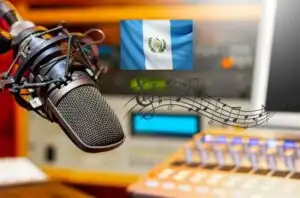
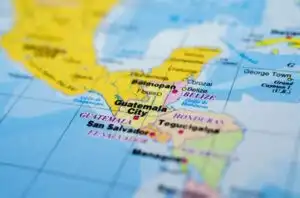
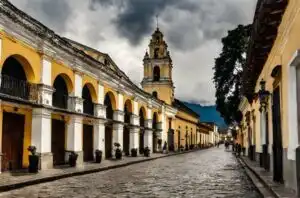
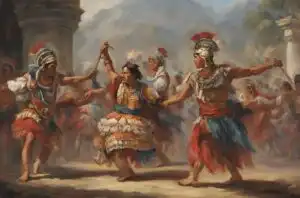
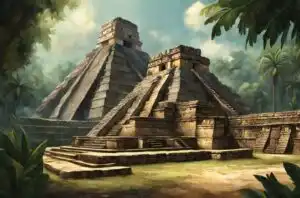
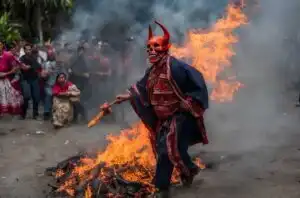
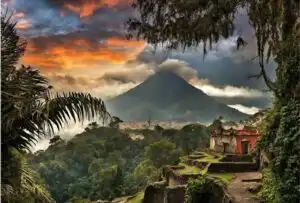
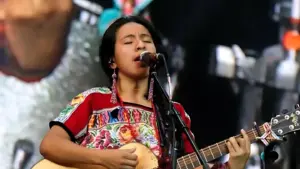

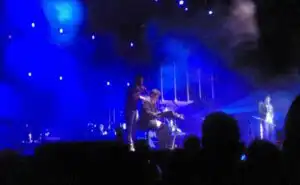


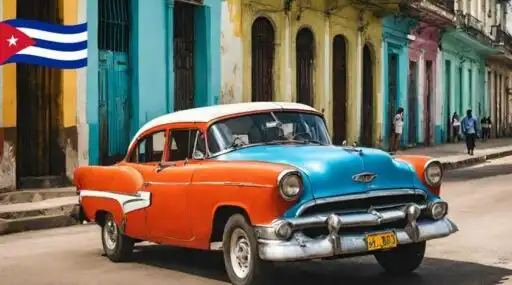
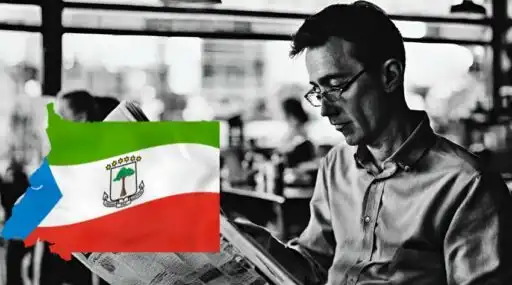

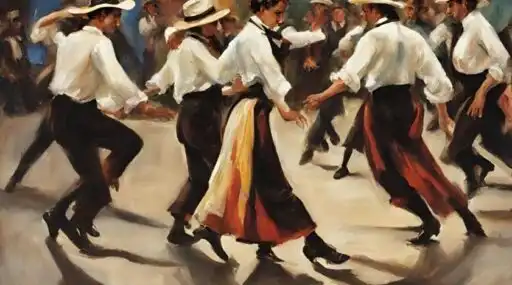

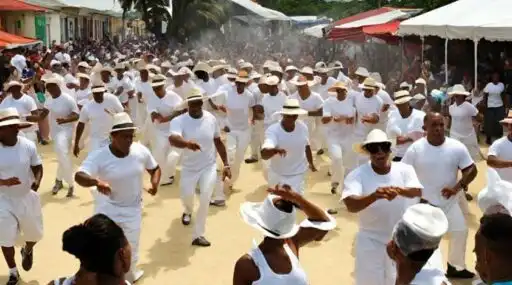
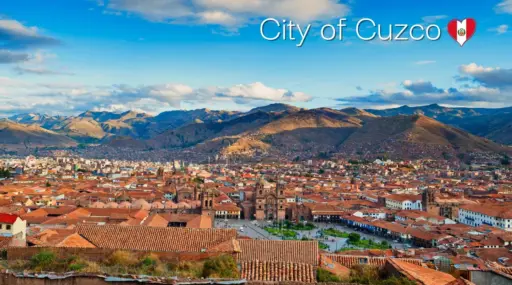
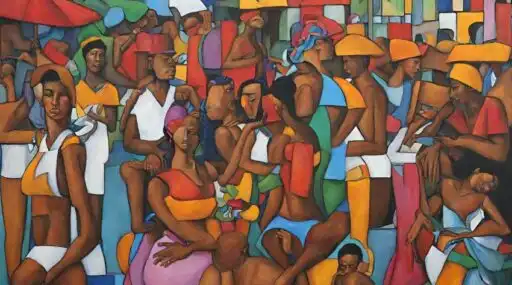
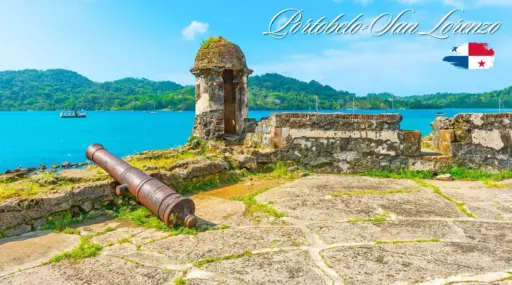
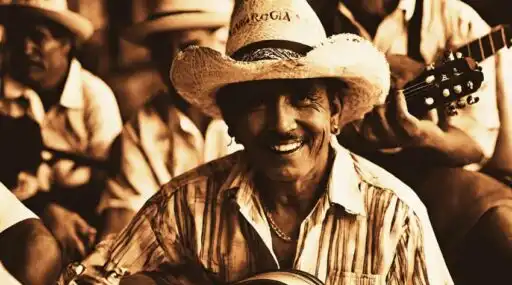
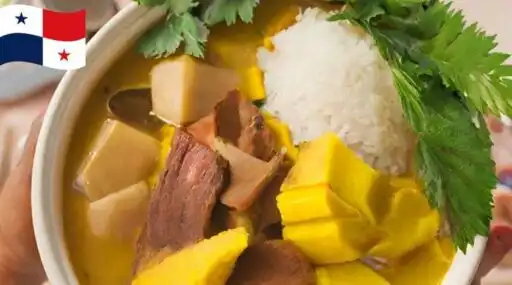
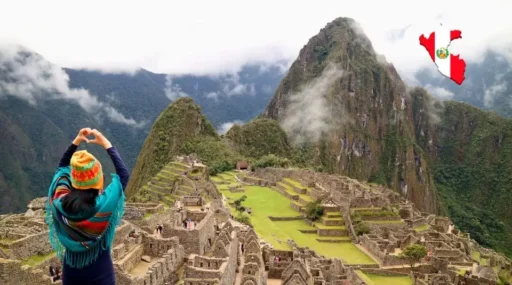

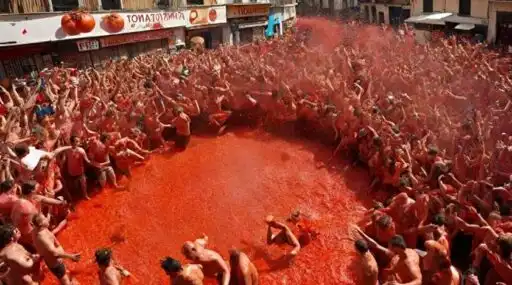
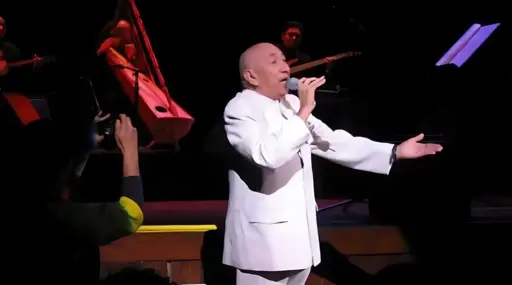
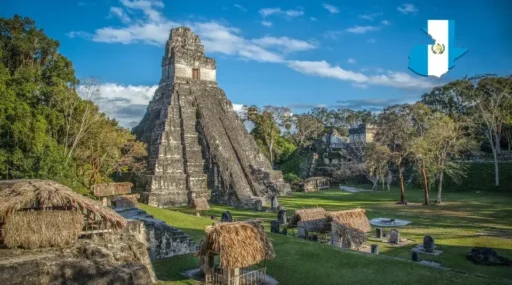
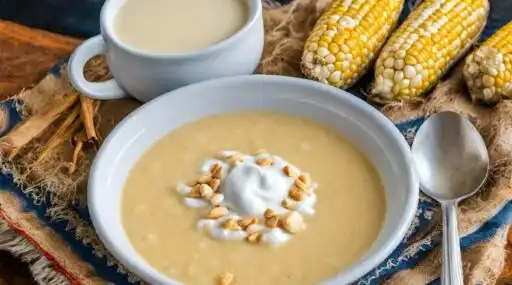
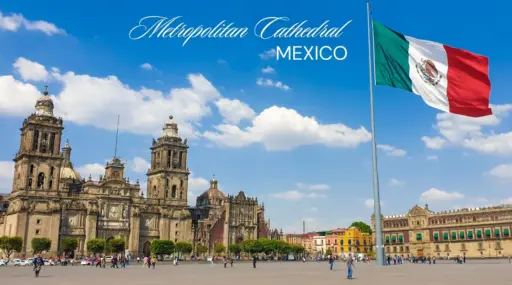

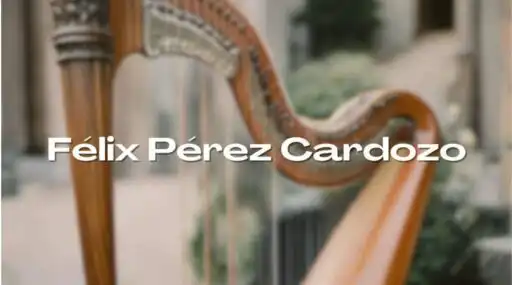
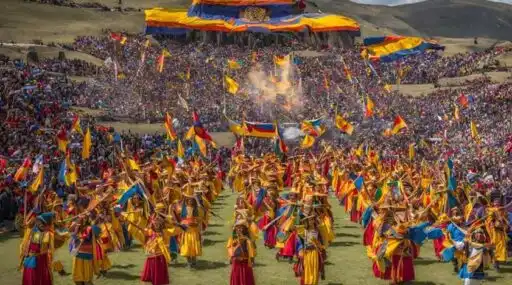

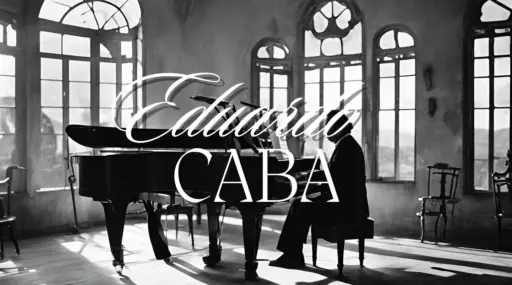

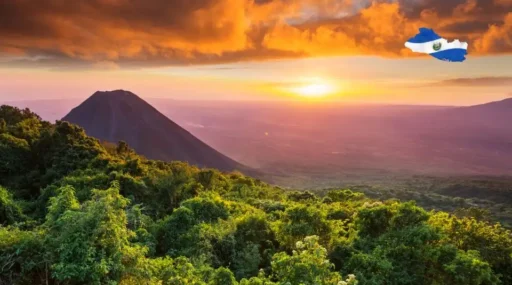
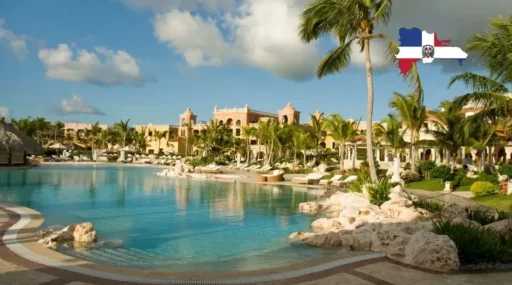
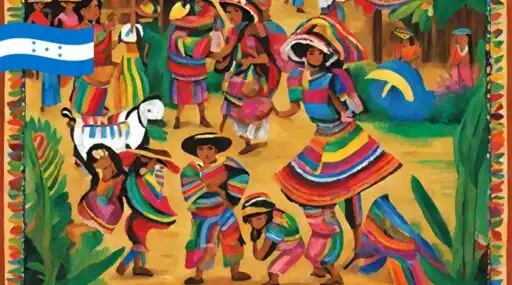
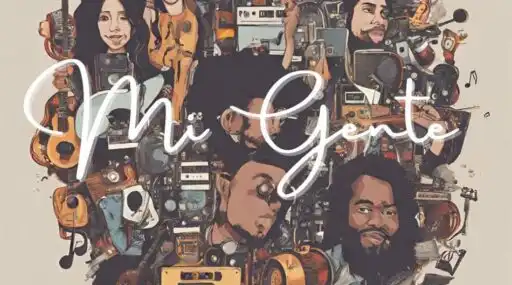
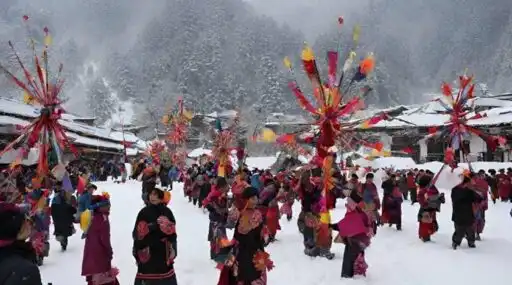
Leave a Reply